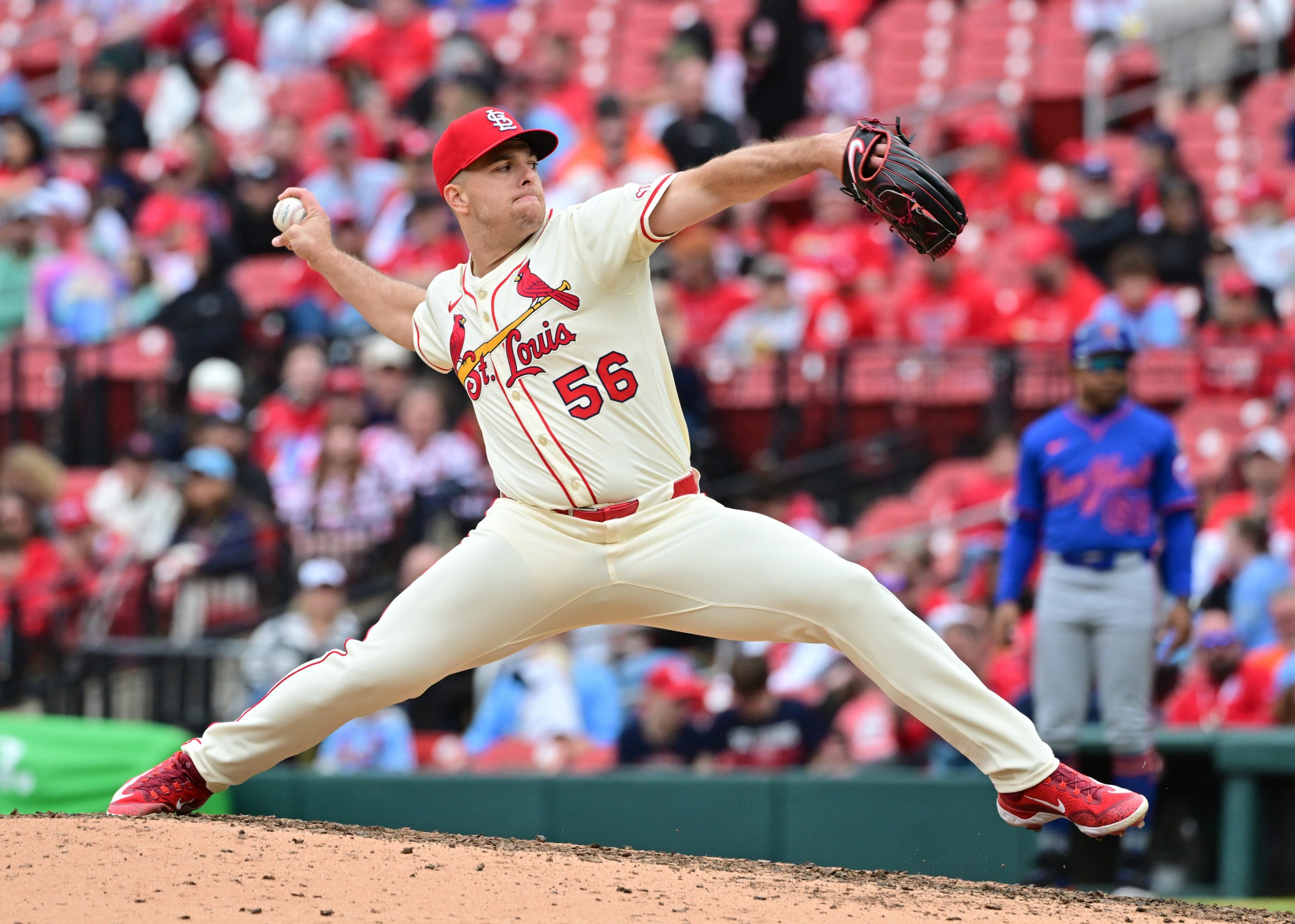In the ever-evolving landscape of professional athletics, the Major League Baseball (MLB) trade deadline stands out as a singular, exhilarating event, often generating a level of fervent attention that rivals the peak moments of other major sports.
While baseball traditionally faces a challenge in maintaining a consistent, year-round media buzz compared to the omnipresent narratives of the NFL and NBA, this specific period transforms the league into a dynamic spectacle of strategic player movement and high-stakes negotiations.
Indeed, in the 24/7/365 sports news cycle, MLB has encountered foundational disadvantages in competing for continuous public interest, particularly when juxtaposed with phenomena like the NFL schedule release or the highly anticipated drafts of both basketball and football. This inherent struggle to command constant buzz underscores the critical importance of the MLB Trade Deadline as a pivotal moment for injecting renewed energy and storylines into the season.
The recent acquisition of Cardinals closer Ryan Helsley by the New York Mets exemplifies the immediate and significant impact of Baseball Transactions on team dynamics. Such a move signals a clear intent from a franchise to bolster its roster for a late-season push, directly addressing areas of perceived weakness and injecting fresh talent into critical roles.
Similarly, the integration of Austin Slater into the New York Yankees dugout ahead of the deadline showcases how precise Player Movement can reshape offensive capabilities and bench depth. These strategic additions are not merely about acquiring talent; they represent a calculated effort to optimize team composition for championship contention.
The Mets’ further bolstering of their pitching staff with the addition of submarining Tyler Rogers from the Giants highlights a comprehensive Team Building philosophy. Bullpen makeovers, in particular, are common sights at the deadline, as teams seek to fortify their late-inning relief options, recognizing the crucial role they play in close contests.
Another prime example of high-value Player Transfers was the movement of Diamondbacks third baseman Eugenio Suarez to the Mariners. Suarez’s acquisition by Seattle underscored the league-wide recognition of the deadline as an opportunity to secure key positional upgrades, dramatically influencing the trajectory of contending teams.
These frantic final hours of negotiation encapsulate the very essence of Sports Business at its most intense, blending athletic ambition with complex financial and strategic decisions. The sheer unpredictability and rapid-fire nature of the deals ensure that fans remain glued to their screens, eager to see which star will move next and how their favorite team’s fortunes might change.
The cumulative effect of these rapid-fire roster adjustments and the anticipation they generate profoundly impacts Fan Engagement. For baseball enthusiasts, the trade deadline becomes a secondary season, a period of renewed hope for struggling teams and enhanced optimism for those on the cusp of contention, fostering widespread discussion and analysis across media platforms.
Ultimately, despite any perceived disadvantages in year-round narrative dominance, the Major League Baseball trade deadline unequivocally asserts its position as one of the most compelling events on the sports calendar, delivering an unparalleled surge of excitement and strategic intrigue that defines the latter half of the season.






Leave a Reply